5 Things We Learned About the 2018 Kia Stinger

Kia unveiled the new Stinger sport sedan at the 2017 Detroit Auto Show and it ushered in a new era for the Korean automaker.
Hitting showrooms later this year and targeting a whole new tier of performance and luxury, the Stinger has a lot going for it. Under the hood, two engines are being offered: a 2.0-liter turbocharged four-cylinder that makes 255 hp or an awesome twin-turbo 3.3-liter V6 engine that will make 365 hp. With a zero-to-62-mph time of about 5 seconds, it’s easy to see why people are getting so excited.
We had a chance to speak with two important figures at Kia: Peter Schreyer, the brand’s chief designer, who oversaw the design of the Stinger, and Albert Beirmann, executive VP of vehicle testing and high-performance development at Kia Motors. Both shared details about the Stinger, its development, and its place in the Kia lineup.
See Also: 2018 Kia Stinger is a Sport Sedan Shaped Middle Finger to German Rivals
It Benchmarked a BMW
Beirmann, the engineering guru who used to helm BMW’s M division, explained the high benchmark for the rear-wheel-drive Kia. “We used the BMW 4 Series Gran Coupe as the reference,” Beirmann said. “I need a baseline benchmark for performance, and the dynamics of the BMW is where I wanted to start.”
With its 114.4-inch wheelbase, the Stinger features a longer wheelbase than many of its competitors, a trait that lends itself to better high-speed stability and road-trip worthiness. “However, you have to balance that straight-line stability with agility,” Beirmann said.
Beirmann also said that the Stinger features a very low seating position, something that 4 Series drivers would be familiar with. “It’s very low and sportscar-like,” he said, “but it’s also quite spacious. I would be able to sit in the rear seats if I set the driver seat to my preferred position.”
Its Design Was Inspired by GTs of the 1970s
Discussing the design of the car, design chief Peter Schreyer pointed out that he was inspired by the classic grand tourers of the past, specifically singling out cars from the 1970s.
“The original grand tourers from the ’70s were the ones people would drive from Paris to central France,” Schreyer said. “They’re meant to be fast, but not super aggressive. You’re meant to arrive in style.”
Looking at some of the interesting GT cars from the ‘70s, it seems like the Alfa Romeo Alfetta GT was a nice inspiration, a two-door four-seater with a fastback design that’s very similar to the Stinger.
Interestingly enough, the Stinger arrived in production form as a result of the overwhelmingly positive reception to the Kia GT concept that debuted back in 2011.
Weight Was a Huge Concern
As a car with a ton of power, luxury appointments, and technology, there were some concerns about how much the car would weigh. Kia tried to ensure it didn’t have performance-killing extra pounds.
“As a four-cylinder, it’s 1,640 kg,” said Beirmann said. That’s 3,615 lbs, which is on par with the rest of the sport sedan class. “The six-cylinder, all-wheel drive model tops out at 1,800 kg (3,968 lb).” That might sound like a lot but isn’t too bad, considering the Infiniti Q50 Red Sport weighs around 4,054 lb.
It Was Designed in Germany and Built in Korea
Both Schreyer and Beirmann have had a lot of experience working for the big names in Germany, so they tapped into that expertise for the Stinger, which is a good thing. Kia’s Frankfurt design studio was in charge of the Stinger and Beirmann put the sedan through 10,000 km of testing on the grueling Nurburgring circuit to make sure its performance was up to European standards. Beirmann said that the time on the Nurburgring proved beneficial to test the car’s durability and fine tune its handling and performance.
The result is a very European car. If Kia intends to compete with the likes of BMW, Audi, and Mercedes, there is no other way.
Despite all this work done in Europe, the car is still going to be built in Korea in the same plant as the luxurious K900 sedan.
It’s Going to Surprise You
If there was one reoccurring trend with the Stinger, it’s how surprising it is. The goal that Schreyer’s team had was to design a car that would push the boundaries of the Kia brand. “It’s giving Kia a sportier edge,” he said, adding that “it shows what Kia is capable of.”
Schreyer was comfortable with calling the Stinger a halo car, despite being dwarfed in size by the K900 sedan. Both he and Beirmann agreed that this is the highest performing car that the automaker offers, and, as such, it will help excited customers and bring more interest to the brand.
Beirmann was adamant that the car is a blast to drive. Based on his previous work at BMW’s M division, we’ll take his recommendation seriously, but he also added in a few extra tidbits of driving info. “We even have a stability control function that you can turn completely off and do fun drifts with!”
Discuss this story on our Kia Stinger Forum

Sami has an unquenchable thirst for car knowledge and has been at AutoGuide for the past six years. He has a degree in journalism and media studies from the University of Guelph-Humber in Toronto and has won multiple journalism awards from the Automotive Journalist Association of Canada. Sami is also on the jury for the World Car Awards.
More by Sami Haj-Assaad



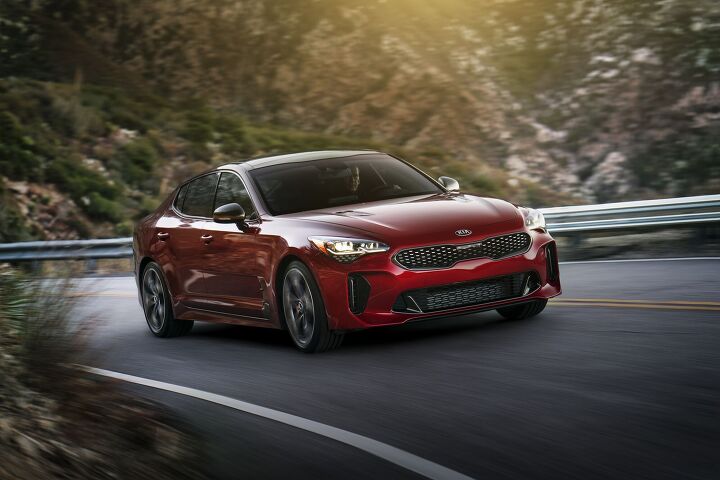















































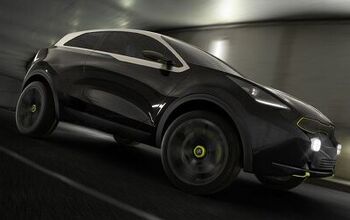
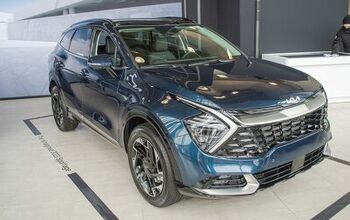

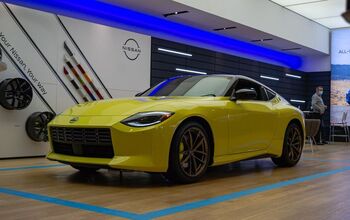
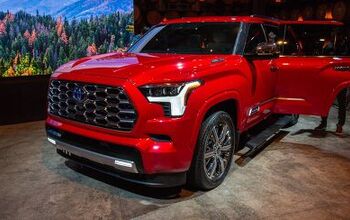

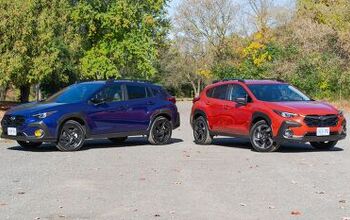





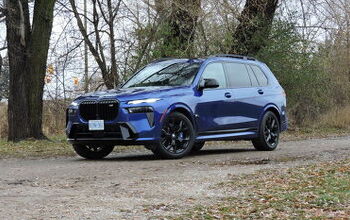


Comments
Join the conversation
so it's true. It's a German car, and it's gonna be affordable? What we are looking at here is the Attainable Panamera
It has to be affordable. If the GT with the V6 turbo is over $45,000, I just can't imagine many will pay that much for a Kia.